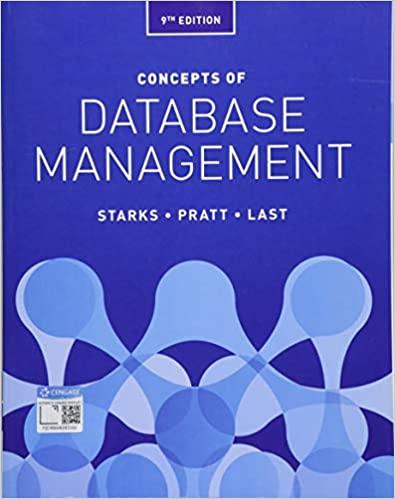Answered step by step
Verified Expert Solution
Question
1 Approved Answer
( 2 0 points ) Biopharmaceuticals are drugs produced in a biomanufacturing process, usually using mammalian cells. The production process of the active pharmaceutical ingredient
points Biopharmaceuticals are drugs produced in a biomanufacturing process, usually
using mammalian cells. The production process of the active pharmaceutical ingredient
Page
API consists of an upstream stage, in which the cells are fermented in batches to produce
the API, and the downstream process which captures and purifies the API after batch
harvest.
We focus on the upstream stage where each batch of a particular product is fermented for
approximately days and a new batch is started once the previous was harvested. Note
that a batch can only be harvested in the morning, ie the decision to harvest can only
be made once a day. The API formation during a batch fermentation follows a sigmoidal
curve with slower formation rates at the beginning and at the end of the process. The
uncertain product formation rate, ie the quantity of product added during the next day
of fermentation, follows a Normal distribution with the mean formation rate
and the standard deviation depending on the current product concentration.
The product concentration is at the beginning, as the batch is being trans
ferred from a previous fermentation stage. The maximum product concentration that can
be achieved is The volume of the bioreactor is assumed to be constant at
We consider fermentation cost per day of fixed batch harvest
cost of and a revenue of The operational question arising
is the optimal batch harvest time point assuming that a harvested batch is immediately
replaced with a new batch.
a points The state space needs to represent the current product concentration in the
bioreactor. Hence, it can be any value in the interval What is the problem
with such a state space if we want to solve the problem using dynamic programming,
eg policy iteration? Briefly explain how this problem could be addressed and which
additional modelling parameter needs to be introduced. Is the solution we obtain from
the policy iteration algorithm still optimal? Name a class of solution algorithms that
would not have a problem with this kind of state space.
b points Define the state space, action space and reward function of an MDP model
for this problem using formal mathematical notation and briefly explaining it
points Short quiz questions
a points In online scheduling, a production plan is created for the planning horizon
considering future uncertainties. As the outcomes of uncertain parameter are already
considered, later rescheduling is not needed. True or False?
b points An undiscounted sequential decision model acts greedily, ie chooses
the best action in the current state that maximizes the immediate reward. True or
False?
c points In the value iteration algorithm solving an MDP the value function repre
sents the expected longterm cumulative rewards for each state. True or False?
d points Capacity consumption constraints as we know them from mathematical pro
gramming can be considered in an MDP by defining state spacedependent action spaces
if the available machine capacity is part of the state space. True or False?
e points For an MDP problem with states, possible actions in every state and
entries in the reward matrix, what is the dimension of the transition probability
matrix?

Step by Step Solution
There are 3 Steps involved in it
Step: 1

Get Instant Access to Expert-Tailored Solutions
See step-by-step solutions with expert insights and AI powered tools for academic success
Step: 2

Step: 3

Ace Your Homework with AI
Get the answers you need in no time with our AI-driven, step-by-step assistance
Get Started


